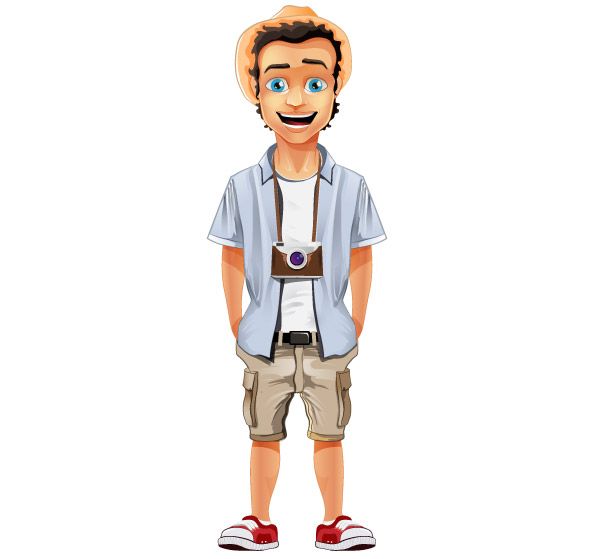Future contractsThese are a standardized agreements between parties −One party commits to sell stipulated quantity, quality of commodities, securities or any other specific items at particular price on or before future date (agreed in agreement)Daily settlements of all Gains/losses (till status of contract is open)Provides either physical delivery or cash settlementFeaturesBuyer (LONG) agree to receive deliverySeller (SHORT) agree to make deliveryTraded on exchanges (either by Pits or electronically)Can be terminated prior to contract expiration (by offsetting transactions)Future contract has a underlying instrument (currency, commodity etc.), size (amount of underlying item covered in contract), delivery cycle, expiration date, quality specification, delivery ... Read More
It is a specific type of foreign currency cash flow hedge used to reduce or eliminate risk arises to foreign currency of an entity’s net investment in a foreign operation. In other words, it is the hedge designed to remove entity’s changes in net investment value to foreign investment in a foreign operation. That foreign operation occurs due to change in foreign exchange rates between local currency of foreign investee and reporting currency of investor.The hedging instrument in his hedge can be derivative, non-derivatives or a combination of both. Derivatives like foreign exchange forward contract and non-derivative like foreign currency ... Read More
Hedging an asset or liability limits the exposure to extreme changes in its value. Hedging is done to mitigate the risk of loss. Any gain arises through hedging instrument will uplift the item in the financial statement (in case of asset value falls drastically).Accounting for fair value hedges is done by company with respect to exposure of fair value change of item. This item can be asset or liability to company and can be attribute to particular risk which result in generating profit or loss to companySteps involved in fair value hedge accountingFair value of hedged item and hedging instrument ... Read More
Let us first understand what GAAP.GAAP (Generally Accepted Accounting Principles)GAAP offers standards for the true and fair value of companies financial wellbeing. It is defined by Financial Accounting Standards Board (FASB) and the Securities and Exchange Commission (SEC).Advantages of GAAP includeFacilities consistencyIncrease investors trust.Comparability of financial statements.Decision making.Disadvantages include:Compels financial statements according to creditors instead of equity holders.Non – GAAP (Generally Accepted Accounting Principles)Non – GAAP is not a standard one. Necessary adjustments are made for conveying significant information. Securities and Exchange Commission (SEC) issues rules and regulations.Advantages of Non – GAAP include −Provides Quality information.Provides Predictive information.Provides relevant and ... Read More
Accounting is used to track the monetary transactions and also used as a tool for reporting business financial statements whereas Auditing is the verification activity. It verifies financial statements. It checks and confirms the authenticity of books prepared by accounting people. Validity and reliability of accounting information is also determined using auditingAccountingIt is a business language that helps in understanding the economic activities of business. The main function is to provide information (financial nature) which is helpful for decision making. Tax accounting, social responsibility accounting, financial accounting, HR accounting are fields of accounting. Primary objectives areKeep proper record (journal, ledger, ... Read More
Let us see first understand what cash settlement and physical settlement are −Cash settlementIn this net settlement is done with cash on settlement date, that means, it does not involve any physical delivery of assets or asset. In this, contractor pays the difference amount of spot price and future price. Contractor pays difference amount in cash at the time of settlement.Physical settlementIt involves physical delivery of underlying asset or assets on settlement date. This process is coordinate by clearing agents or brokers. In this, if contractor holds SHORT POSITION then he will responsible for physical delivery. If contractor holds LONG ... Read More
In forward contract both sellers and buyers involve in forward transactions and both are obligated to fulfill their obligations on or before maturity or expiry date. Obligations of forward contract are as followsBuy or sell underlying asset at forward price or specific priceBuy or sell underlying asset at expiry date or on contract maturity or at particular timeNot traded on exchangesThe main characteristics of forward contracts are explained below −Not traded − Forward contracts are designed to meet specific requirements of company. These contracts are not traded in the market.No premium − Since these contracts are not traded in markets, ... Read More
Corporate restructuring is a process, where the entity modifies its capital structure or operations. Corporate restructuring is preferred, if there are significant problems in the financials of the corporation and to enhance their performances. Change in ownership is also one of the causes for corporate restructuring. Financial and legal experts are hired to assist in the process.ReasonsThe reasons for corporate restructuring are as follows −Change in strategy.No profits for a long time.Reverse synergy.More cash flow requirements.CharacteristicsThe characteristics of corporate restructuring are as follows −Improves balance sheet.Reduction of staff.Change in management.Disposing assets (underutilized).Outsourcing.Operational shift.Reorganizing functions.Labor contracts renegotiations.Debts rescheduling.AspectsThe aspects to consider ... Read More
Given a number in the form of a string, we need to find where to make it divisible by eight after deleting zero or more elements. In other words, we need to find whether there is a subsequence of the string, which is divisible by 8. Return the modified string or -1 if it is not possible.Any number whose last three digits are divisible by 8 is also divisible by 8. For example, 56992992 and 476360 are divisible by 8, but 2587788 is not. If the result is a whole number, then the original number is divisible by 8.We can ... Read More
In this problem, we have a binary tree with a path from the root node to the leaf node that is completely defined. The sum of all nodes from a root node to a leaf node must be greater than or equal to k. So we need to remove all nodes in the paths whose sum is less than k. An important thing to remember here is that a node may be a part of many paths, so only remove such nodes if all the paths have sum < k.From the root node to the leaf node, we can calculate ... Read More

 Data Structure
Data Structure Networking
Networking RDBMS
RDBMS Operating System
Operating System Java
Java iOS
iOS HTML
HTML CSS
CSS Android
Android Python
Python C Programming
C Programming C++
C++ C#
C# MongoDB
MongoDB MySQL
MySQL Javascript
Javascript PHP
PHP
